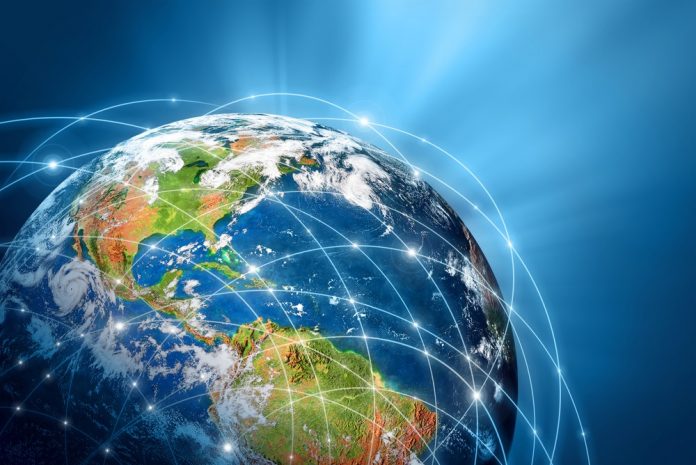One thing common with businesses experiencing growth is exploring global sourcing. This is not unrelated to the fact that most companies that engage in global sourcing get at least 10-35% cost savings.
Global sourcing is importing products from other countries. You can source for products in any country where they have good quality products at low prices and sell in your own country.
However, it is not as easy as it sounds. You need strategies to succeed in global sourcing. Below are 5 ways you can succeed in global sourcing:
1. Search for a country where you can get good quality products at low prices
Although there are few instances where you can reduce costs in shipping and duties when you source for products locally, it is still cheaper to source for products globally.
One country where you can get good quality products at low costs is China. The reason being that it is a popular nation where labor costs are very low. Typically, labor costs is from $80 to $150. This reduces the cost of production of goods. When you get lower costs for your products, you will get better profit margins.
In regards to quality products, Chinese suppliers are good. They will offer you a sample to show you what the product looks like before they dropship it.
Another good thing about China is that if you don’t want to do the sourcing on your own, you can use any sourcing agent in China. They will help you to source for the product at low prices and check the quality to ensure you get what you ordered.
2. Source from a country where you understand the language and culture
In global product sourcing, you will need to deal with foreign suppliers. This means dealing with people whom you don’t understand their language and culture. Language barriers can lead to misunderstandings and miscommunication along the way. This can create serious problems.
There are two ways you can solve this problem: Hire an interpreter you can trust to interpret for you or use a sourcing agent in China. They will deal directly with the supplier for you, saving you the hassle of miscommunication.
3. Understand the trading terms and regulations of the country you want to source from
It is imperative that you understand the trading terms and regulations of the country you want to source from. For instance, China was not allowed to export textiles for a good number of years. The restriction was lifted in 2005. China is now one of the top countries having up to 50 percent of the world market shares of textiles.
Therefore, before you source for products ensure that there are no trade restrictions on the product you want to source. You also need to be familiar with the terms of trade of the country. Or you can go to a country where they have clear terms of trade. Also, source from a country where you will have legal protection that can be enforced if broken.
4. Consider the logistics
It is important to consider how you will get your products to the market. You will need to find out if the country has a reliable transportation system locally and internationally. You have to know if the manufacturer will help you to move the product to a major port.
You should also consider the season and weather of the country. Hurricanes, storms, and other natural disasters can affect logistics of industry and business. In such cases, you may need to have an alternate plan quickly in case the primary plan or transportation lane is not reachable.
5. Exchange rate fluctuations
Global sourcing involves the exchange of currencies. For example, if you are in the United State of America and you are buying from China, you will need to exchange the currency. Most often than not, currencies’ valuation fluctuates. It may increase or reduce.
Anything that affects exchange rate will make it go high or come down. This can affect your profit margins. This is why you need to match the currencies of the country you are buying from and selling in. For example, if you sell in dollars, you can match with similar goods bought in dollars; when you do this, you create a natural edge. Your profit margins will be protected and the cost will remain proportional to the end price irrespective of the exchange rate.
Conclusion
Following the five points enumerated above will make it easy for you to source for products globally.
Have you tried sourcing products globally for your business?
Let’s discuss in the comment section below.
Hundreds of Business Opportunities – Visit the Home Business EXPO
Find a Home-Based Business to Start-Up >>> Hundreds of Business Listings.














































